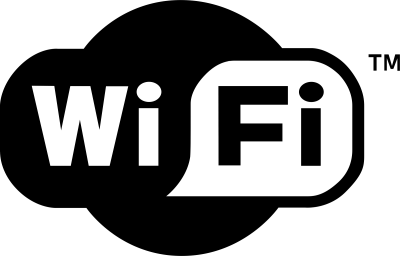Wireless Radiation Exposure: Canada Parliament Committee Calls for “Protection of Vulnerable Groups”

The Standing Committee on Health of the House of Commons in the Canadian Parliament issued a report on radio frequency electromagnetic radiation and health in June, 2015.
The Committee held public hearings regarding Health Canada’s Safety Code 6 recommended limits on safe human exposure to radio frequency (RF) radiation.
Witnesses testified to the Committee or submitted briefs that raised concerns about the adequacy of Safety Code 6 to protect the population from health risks due to RF radiation.
Concerns were raised that the Royal Society of Canada’s review of Safety Code 6 for Health Canada was biased. That the review excluded 140 key research studies was of concern to Canadians for Safe Technology (C4ST). Health Canada admitted that 36 of these studies which demonstrated health risks from exposures below the safety limit “were considered to be in scope and of sufficient quality for risk assessment.”
The witnesses discussed possible links between RF exposure and cancer, reproductive issues and autism. Concerns were raised about RF exposure in schools due to use of Wi-Fi; the need for RF exposure limits to protect vulnerable populations such as pregnant women, infants and children, and persons with electromagnetic hypersensitivity (EHS).
Most submissions recommended lowering the RF exposure limits in Safety Code 6. Russia, China, Italy and Switzerland were cited as examples of nations with lower exposure limits than Canada (or the U.S.). C4ST recommended “precautionary approaches regarding exposures to electromagnetic radiation from wireless communications devices that are as Low as Reasonably Achievable (ALARA).”
The Standing Committee on Health made the following recommendations in their report to the Parliament (pp. 25-26):
“Recommendation 1: That the Government of Canada, in collaboration with the health departments of the provinces and territories, examine existing cancer data collection methods to improve the collection of information relating to wireless device use and cancer.
Recommendation 2: That Statistics Canada consider including questions related to electromagnetic hypersensitivity in the Canadian Community Health Survey.
Recommendation 3: That the Government of Canada, through the Canadian Institutes of Health Research, consider funding research into electromagnetic hypersensitivity testing, diagnosis and treatment, and its possible impacts on health in the workplace.
Recommendation 4: That the Canadian Medical Association, the Royal College of Physicians and Surgeons, the College of Family Physicians of Canada and the World Health Organization consider updating their guidelines and continuing education materials regarding the diagnosis and treatment of electromagnetic hypersensitivity to ensure they are based on the latest scientific evidence and reflect the symptoms of affected Canadians.
Recommendation 5: That the Government of Canada continue to provide reasonable accommodations for environmental sensitivities, including electromagnetic hypersensitivity, as required under the Canadian Human Rights Act.
Recommendation 6: That Health Canada ensure the openness and transparency of its processes for the review of Safety Code 6, so that all Canadians have an opportunity to be informed about the evidence considered or excluded in such reviews, that outside experts are provided full information when doing independent reviews, and that the scientific rationale for any change is clearly communicated.
Recommendation 7: That the Government of Canada establish a system for Canadians to report potential adverse reactions to radiofrequency fields.
Recommendation 8: That an independent scientific body recognized by Health Canada examine whether measures taken and guidelines provided in other countries, such as France and Israel, to limit the exposure of vulnerable populations, including infants, and young children in the school environment, to radiofrequencies should be adopted in Canada.
Recommendation 9: That the Government of Canada develop an awareness campaign relating to the safe use of wireless technologies, such as cell phones and Wi-Fi, in key environments such as the school and home to ensure that Canadian families and children are reducing risks related to radiofrequency exposure.
Recommendation 10: That Health Canada conduct a comprehensive review of all existing literature relating to radiofrequency fields and carcinogenicity based on international best practices.
Recommendation 11: That the Government of Canada, through the Canadian Institutes of Health Research, consider funding research into the link between radiofrequency fields and potential health effects such as cancer, genetic damage, infertility, impairment to development and behaviour, harmful effects to eyes and on the brain, cardiovascular, biological and biochemical effects.
Recommendation 12: That the Government of Canada and manufacturers consider policy measures regarding the marketing of radiation emitting devices to children under the age of 14, in order to ensure they are aware of the health risks and how they can be avoided.”
“Radio Frequency Electromagnetic Radiation and the Health of Canadians.” Report of the Standing Committee on Health, 41st Parliament, Second Session. House of Commons, Canada. June 2015. http://bit.ly/RF-EMR-Report-Canada-2015

